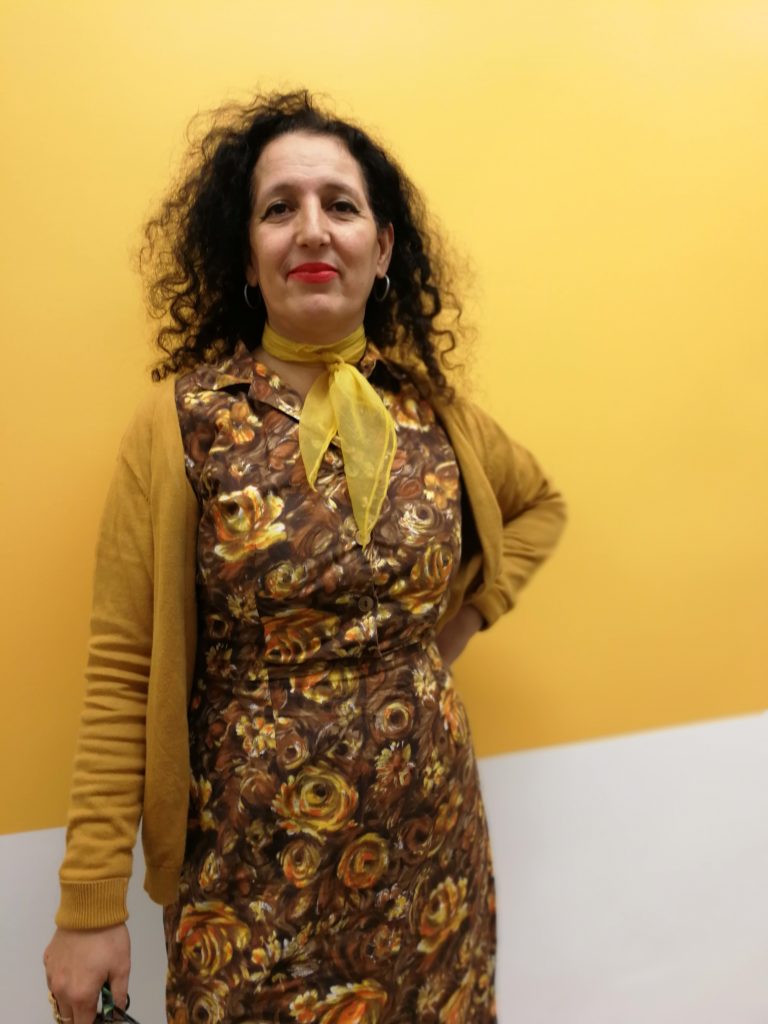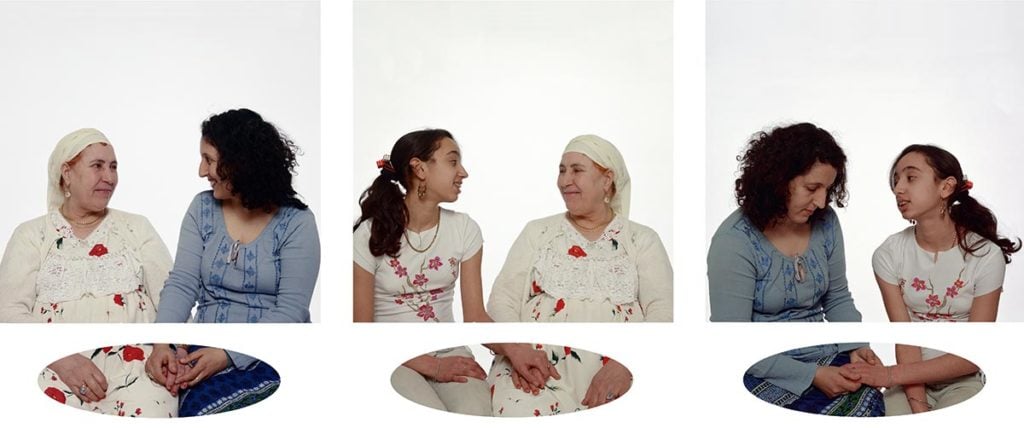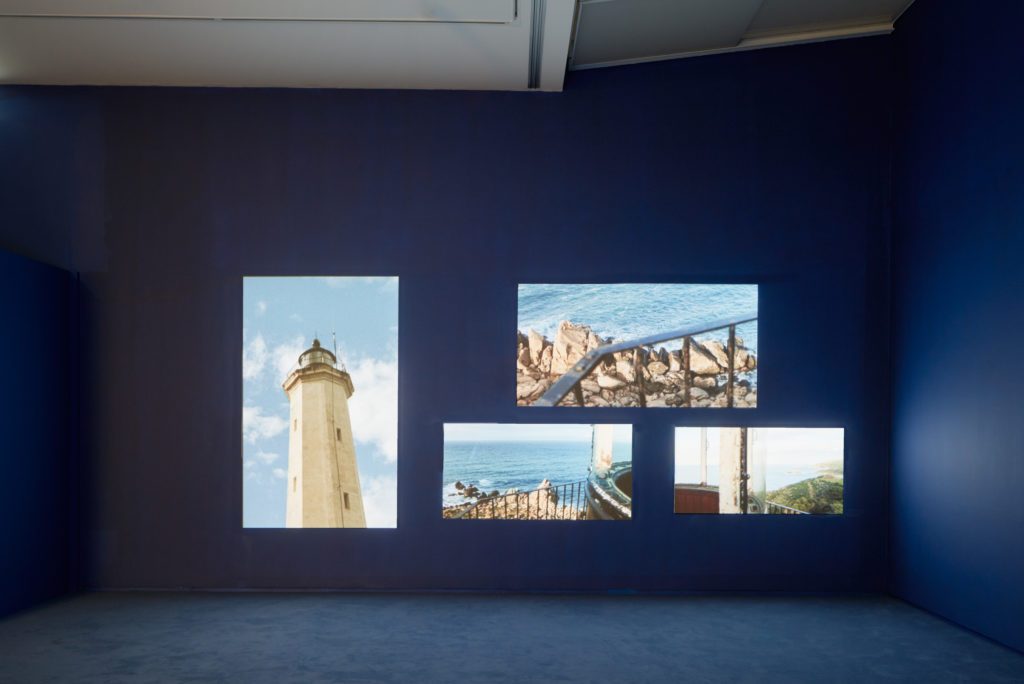People
Zineb Sedira Is Expected to Become the First Artist of Algerian Descent to Represent France at the Venice Biennale in 2021
The French artist explores themes of identity, geography, and colonialism in her stirring works.

The French artist explores themes of identity, geography, and colonialism in her stirring works.

Anna Sansom

France has chosen Zineb Sedira, the Paris-born Algerian artist best known for her haunting photographs and video installations, to represent the nation at the 2021 Venice Biennale, according to the French newspaper Le Monde. The news has not been officially confirmed by France’s culture ministry, which told Artnet News that the announcement would be made later this week.
Sedira’s selection would mark the fourth time that a woman would represent the nation, following Annette Messager (2005), Sophie Calle (2007), and Laure Prouvost (2019). Sedira is also the first artist of Algerian descent to be chosen for the prestigious commission, according to French media.
Zineb Sedira’s work “is a form of political and ethical engagement that we need today to remember the social struggles of women and men who constitute our history,” Pia Viewing, the curator of Sedira’s recent solo show, “A Brief Moment,” at the Jeu de Paume photography center in Paris, told Artnet News.
Born in 1963 in Paris, Sedira lives in London and works between London, Paris, and Algiers. She is known for her serene, profound work that explores hefty questions about identity, memory, geography, colonialism, and oral history. Combining the personal and the political, her work draws on her experience of growing up in Paris as the daughter of Algerian immigrants and of residing and bringing up her own daughter in multicultural Brixton in south London.

Zenib Sedira, Mother, Daughter and I (2003). © Zineb Sedira / DACS, London. Courtesy the artist and kamel mennour, Paris.
Her early work focuses most explicitly on her own personal history. The video Mother, Father and I (2005) explores why her parents chose to leave Algeria shortly after it won independence from France in 1962 and move to France, where they were again confronted by French rule and racism.
In another video, Mother Tongue (2002), three generations of Sedira’s family—her daughter, her mother, and herself—try to speak to one another in English, Arabic, and French. As Sedira’s daughter and her grandmother fail to communicate, Sedira acts as interpreter.
“How do you tell your identity when your identity is quite complex, perhaps painful at times, but also very rich?” Sedira said in an interview filmed by the Guggenheim Museum in 2017.

Installation view of Zineb Sedira’s Lighthouse in the Sea of Time (2011) at Jeu de Paume, Paris. Photo: Raphaël Chipault © Zineb Sedira / ADAGP, Paris, 2019. Courtesy the artist and kamel mennour, Paris/London.
Subsequent works, such as Saphir (2006) and Shipwrecks, the Death of a Journey (2008), took a more poetic, less documentary approach and were inspired less by her personal life and more by the landscape and seascape of Algeria and Mauritania. Her 2011 video installation Lighthouse in the Sea of Time traces two lighthouses built in Algeria during French rule in the late 19th century.
After arriving in Britain in her early 20s, Sedira studied at Central Saint Martins and earned her MFA from the Slade School of Art. In 2015, she was nominated for the Prix Marcel Duchamp, France’s most prestigious contemporary art prize. Her work was also included in an exhibition of African and African Diaspora artists at the 2001 Venice Biennale, “Authentic/Ex-centric.”
Later this year, Sedira’s work will be exhibited at the Calouste Gulbenkian Museum in Lisbon and at Dallas Contemporary. Her work has been widely collected by institutions including the Centre Pompidou, the Tate, the Mumok in Vienna, the Mathaf: Arab Museum of Modern Art in Doha, and the Sharjah Art Museum.
The artist is represented by Kamel Mennour of Paris and London and by The Third Line in Dubai. Sedira and her galleries did not immediately respond to a request for comment.